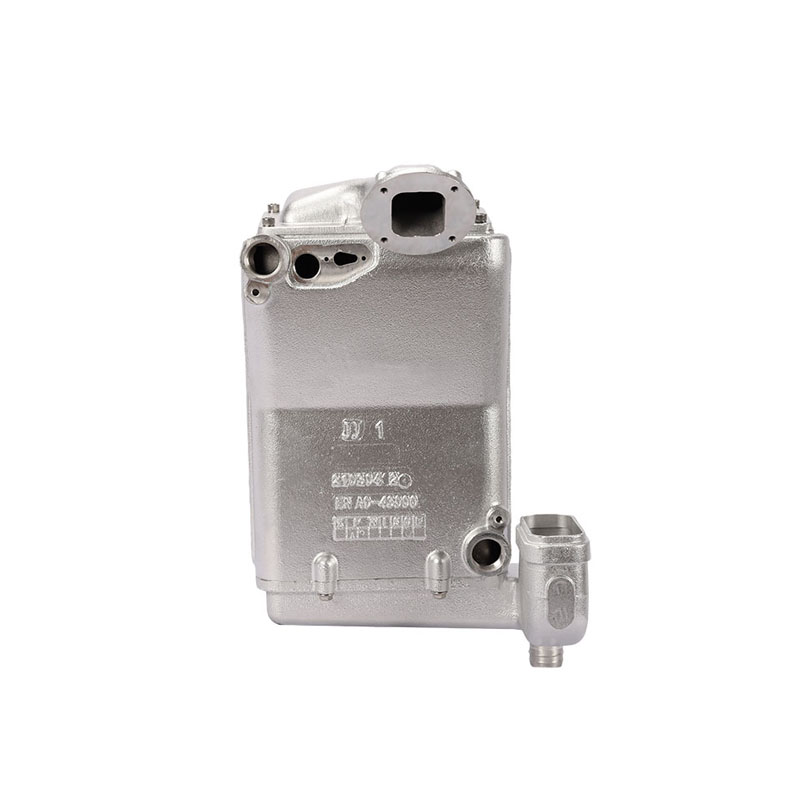How to operate Condensing Heat Exchanger efficiently
2025-05-20
Operating a condensing heat exchanger efficiently involves optimizing both heat transfer and condensation of water vapor from flue gases (in boilers or other systems). Here are practical guidelines to achieve high efficiency:
Key Principles for Efficient Operation
1. Maximize Temperature Differential
Lower the return temperature of the fluid entering the heat exchanger.
The cooler the return fluid, the more water vapor in the flue gas can condense.
This allows recovery of latent heat, increasing overall efficiency.
2. Ensure Proper Condensate Drainage
Condensation creates water. Ensure:
Proper drainage system is installed.
Trap or siphon to prevent backflow of flue gases.
Neutralizer if condensate is acidic.
3. Maintain Clean Heat Exchange Surfaces
Fouling reduces heat transfer efficiency.
Schedule regular cleaning to remove scale, soot, or particulate buildup.
Use filters where appropriate to reduce contaminants.
4. Control Air-Fuel Ratio (Combustion Units)
In fuel-burning systems:
Optimize for slightly lean combustion.
Too much excess air cools flue gases; too little can cause incomplete combustion.
5. Use Low Return Water Temperatures
Ideal for condensing operation: below 130°F (54°C).
This promotes maximum condensation and latent heat recovery.
Especially relevant in condensing boilers or HVAC systems.

6. Monitor and Adjust Flow Rates
Ensure turbulent flow on both sides of the exchanger to maximize heat transfer.
Avoid excessive flow velocity that can cause erosion or noise.
7. Install and Monitor Sensors
Temperature sensors on inlet/outlet fluids and flue gases.
Condensate pH and flow sensors.
Use data to fine-tune operation and detect inefficiencies.
8. Integrate with Control Systems
Automate adjustments via building management systems (BMS) or industrial controllers (PLC/DCS).
Use sensors to optimize temperature setpoints and flow modulation in real time.
If you are interested in our products or have any questions, please feel free to contact us and we will reply you within 24 hours.